Vienna. Part Two.
Transport, infrastructure, navigation
Let’s return to the center of Vienna and study the city’s transportation and infrastructure. There is a huge bridge that spans the Danube River. It serves several functions. Firstly, cars drive across it. Secondly, there is a subway inside it. Thirdly, pedestrians can walk on the bridge, thanks to a specially designated path.


In the middle of the bridge — a subway station!
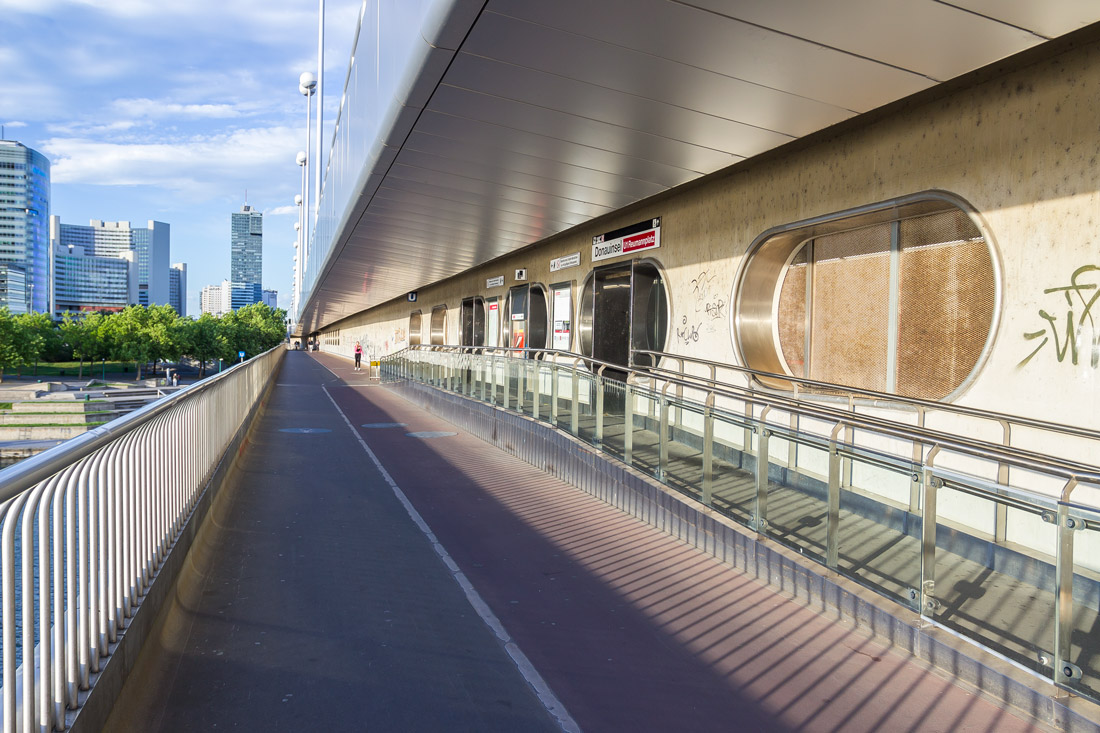
The old Viennese tram strongly resembles the one in Moscow.

Vienna has new trams as well, but even the old models are equipped with a step that automatically lowers when the doors open.

Inside.

Some strange mechanism on the doors.

A modern tram model.

It’s quite cramped inside.

Stickers on the windows.

There are straps hanging on the handrails, to which you can attach a stroller.

Rainbow flags are waving on many trams. I happened to be in Vienna during Eurovision, where the sensational Conchita Wurst won. However, as I found out, the flags have been hanging on trams for a while now.

Metro station.

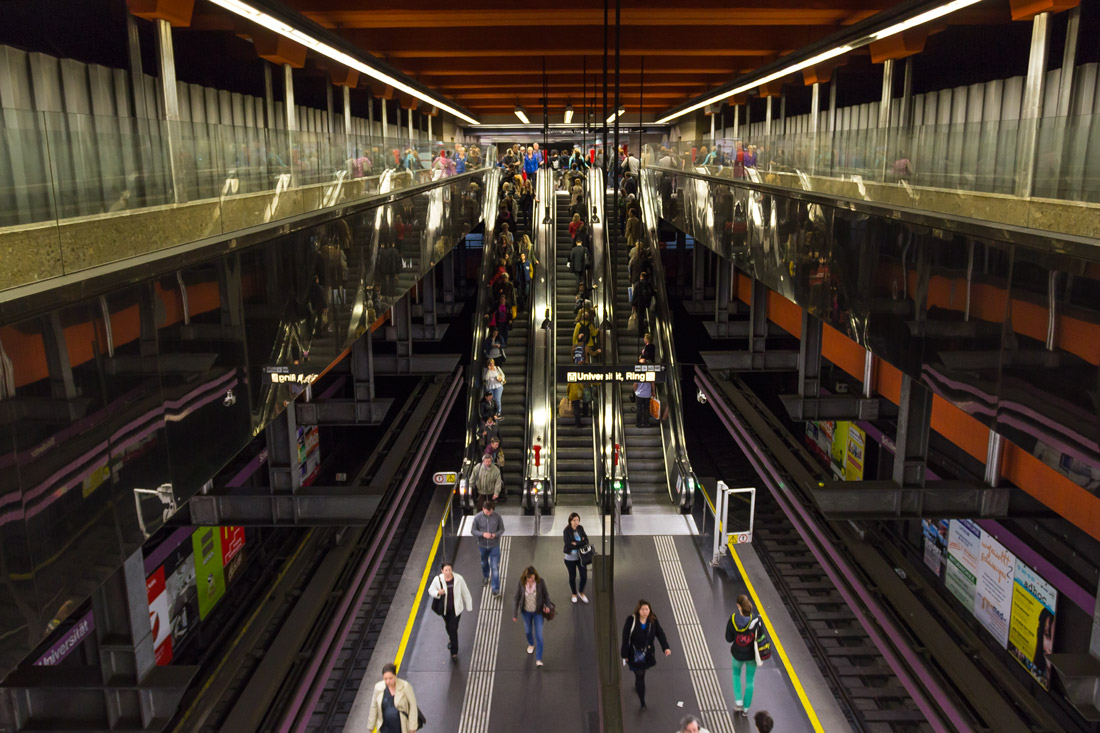
As everywhere, there is a lot of advertising in the Vienna metro. All the walls are covered with it. Sometimes you come across projectors that display videos on the walls, like in Kyiv. However, here it’s not always advertisements. I wasn’t expecting, for example, to see Putin’s speech and the latest news.

The doors of the metro cars are manually opened using semi-automatic latches, like in Paris.

There are no turnstiles. Instead, ticket validators.

At the intersection of multiple lines, floor and ceiling navigation is used. LED strips, distinguished by the colors of the lines, lead to the desired station. It’s a very cool solution.

Vienna’s metro has shops and cafes. Many criticize the Moscow metro for the proliferation of stalls. Instead of demolishing them, they should clean them up and hand them over to large retail chains. Look, in Vienna, there are even McDonald’s and Starbucks in the metro. And it’s perfectly fine.

An open station.
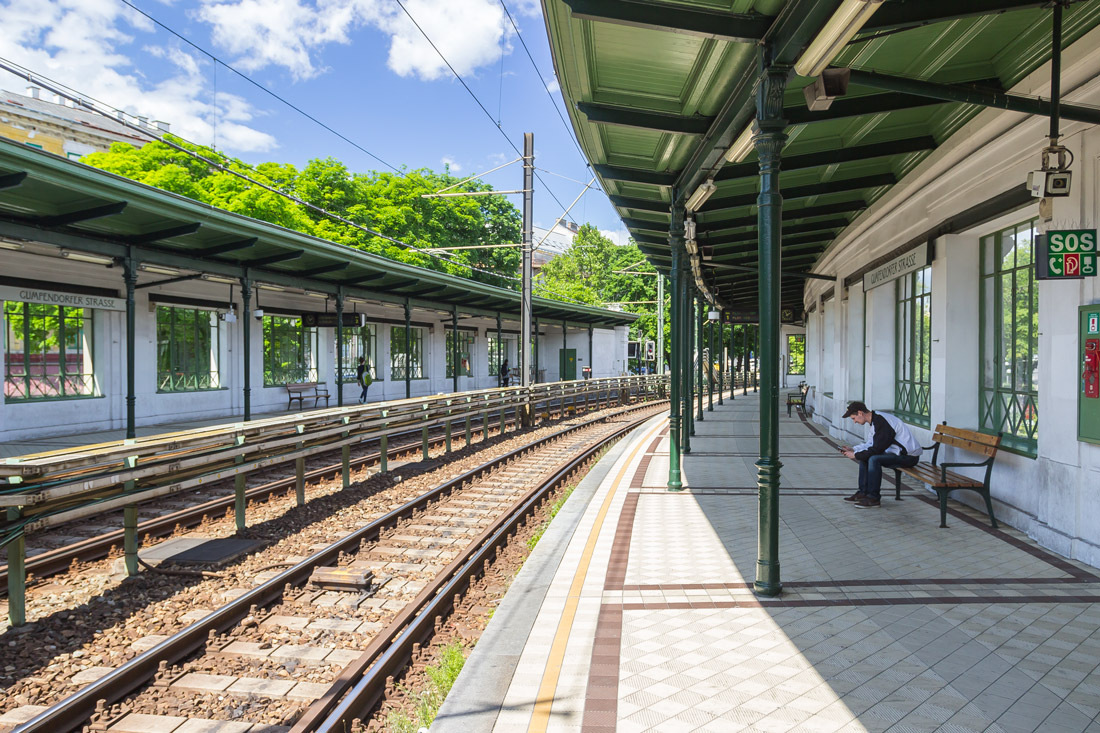
Inside the metro train.

Bus stop.
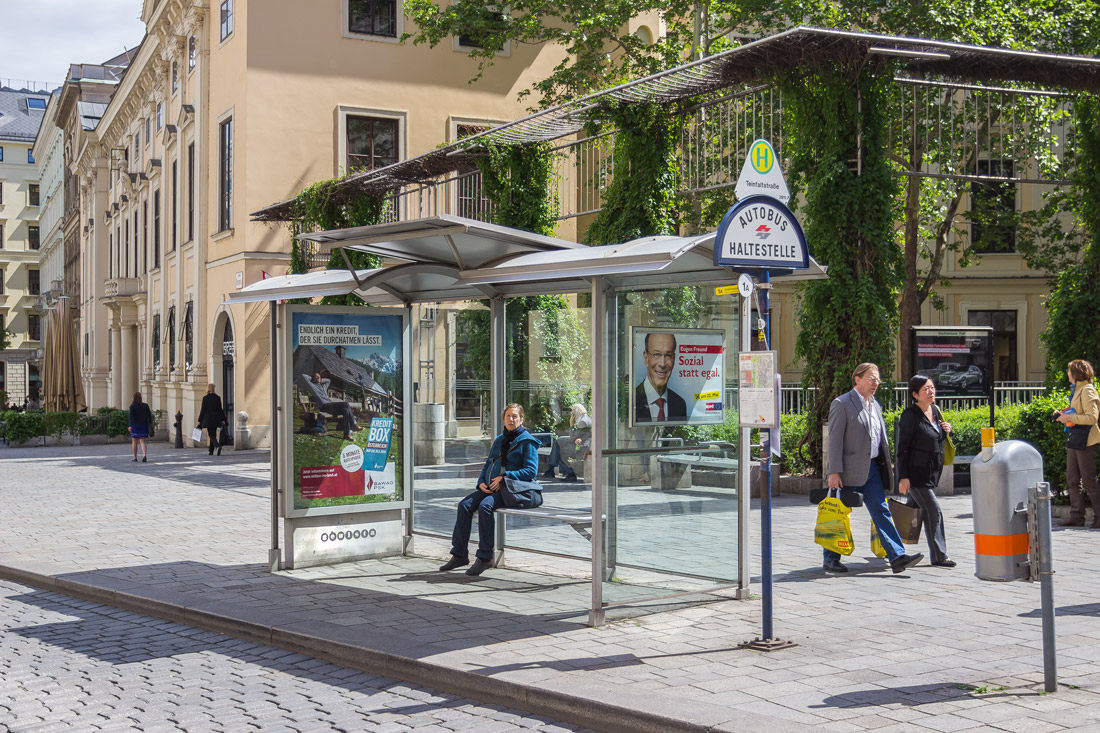
Vienna has the most beautiful signs at bus stops in the world. They have an unimaginable number of details. In an oval shape: Straßenbahn Haltestelle (Tram Stop). In the center of the oval, there is the coat of arms of Vienna. At the top, there is the name of the stop (Burgring). A cluster of circles represents the route numbers that stop here. The letter N with eyes designates a night route. Additionally, a new sign (pictured at an angle) is attached with the names of the route’s terminals.


Absolutely charming: you can find scales at the stops. Such scales used to be encountered in the Soviet Union as well.

Doorbells with labels.

Thermometer on the wall of the building.

Street signs.


On the old streets in the center, you can come across protrusions on the corners of some buildings. These were made to prevent a horse pulling a carriage from cutting the corners, as the carriage could collide with the wall. Such protrusions were constructed so that horses would have to go around them.
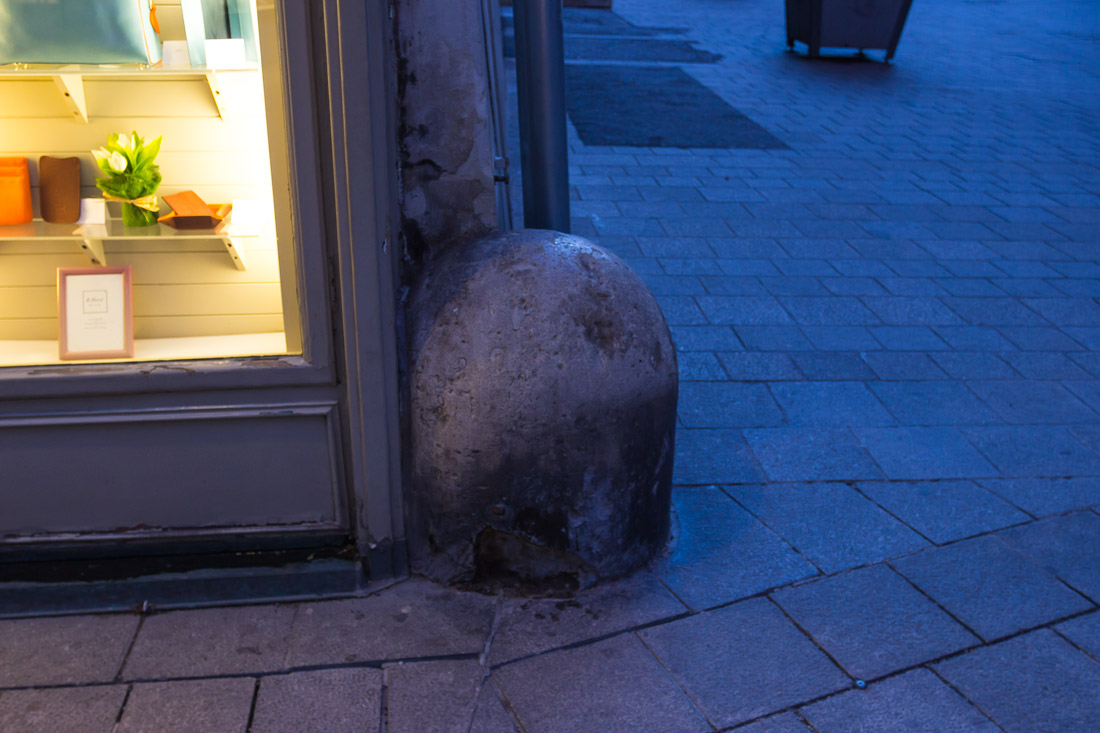
A plaque with the house number on the entrance door of the building. It is decent on its own, but compared to the luxurious door, it lacks elegance.
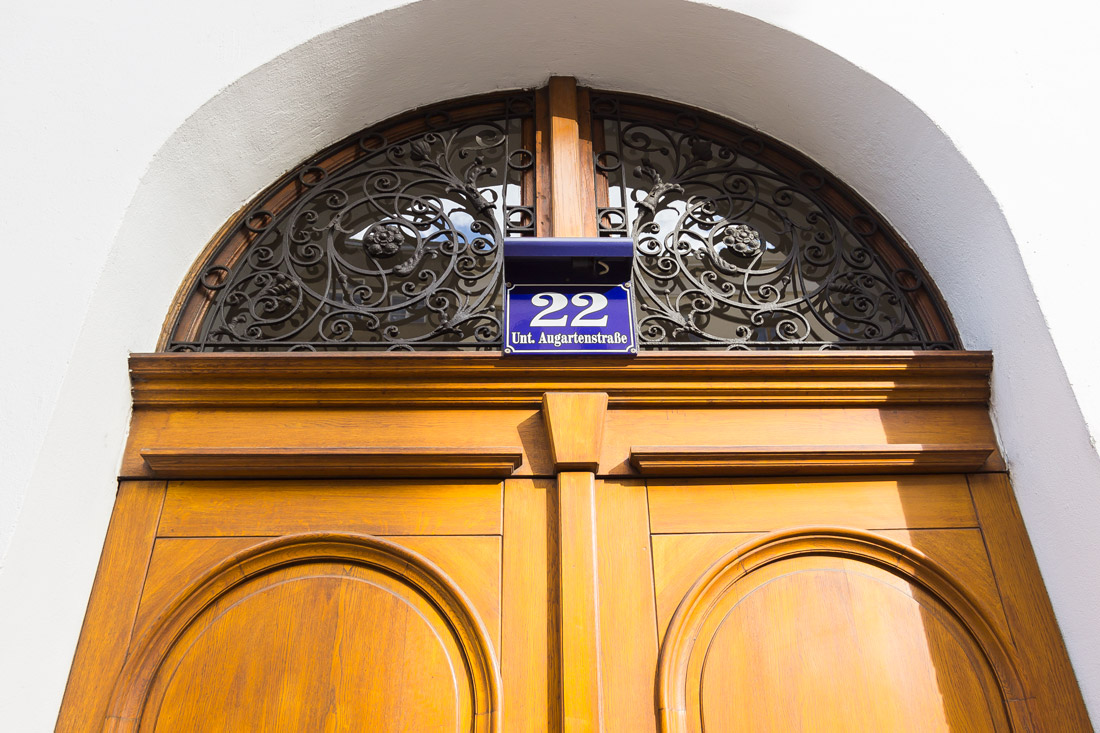
A plaque with a dog illustration: “I can’t come in.” It is sometimes found on the streets near establishments that do not allow dogs. The plaque is equipped with a hook so that a dog owner can tie their dog to it.
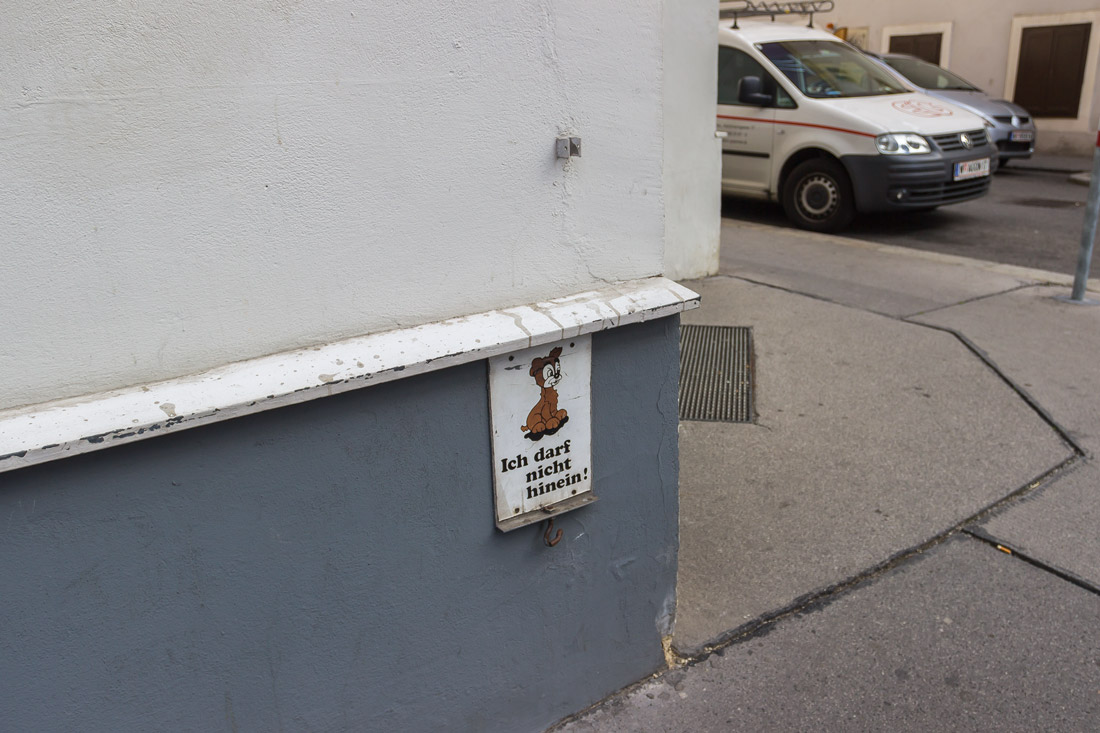
Incredibly beautiful antique street signs.
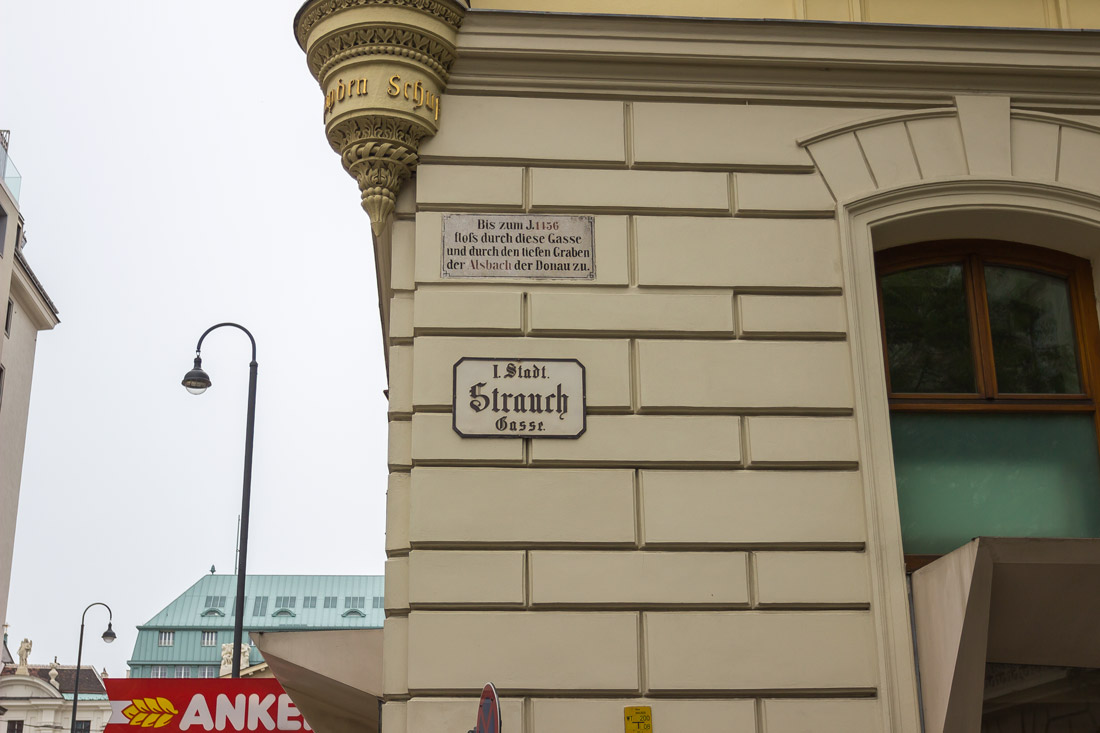
Bicycle lane.
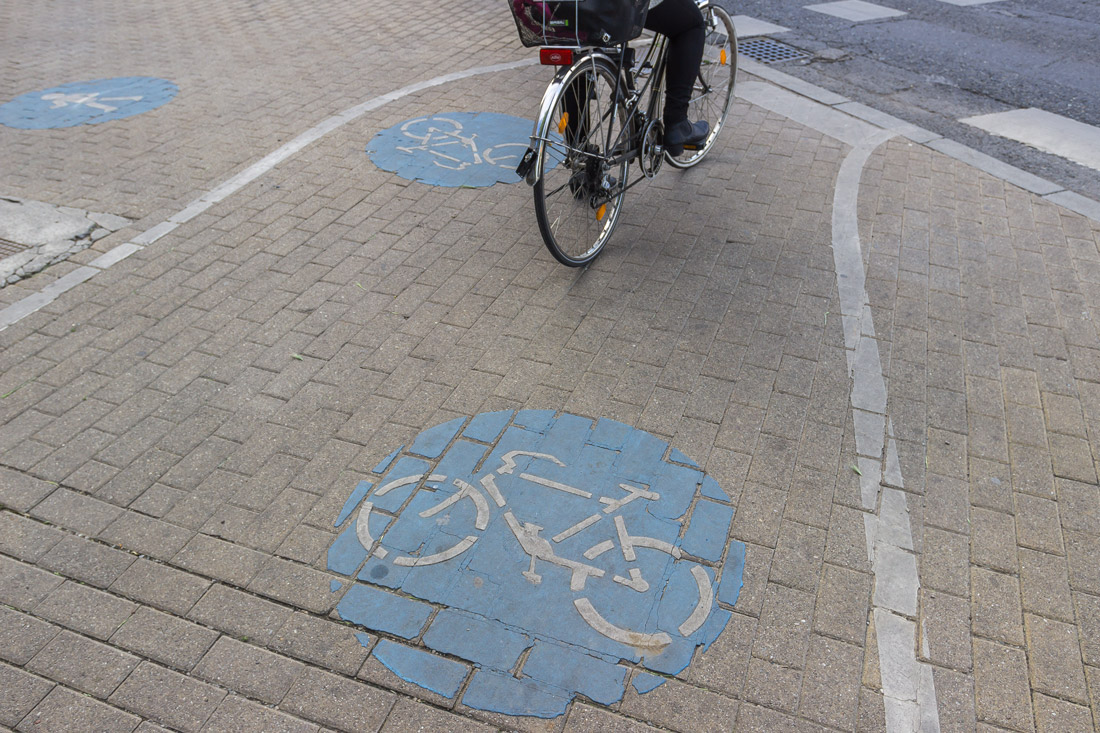
Bicycle rental. Traditionally, bicycles in all cities are sponsored by some bank. In Austria, it is Raiffeisen.

Bicycle payment terminal.
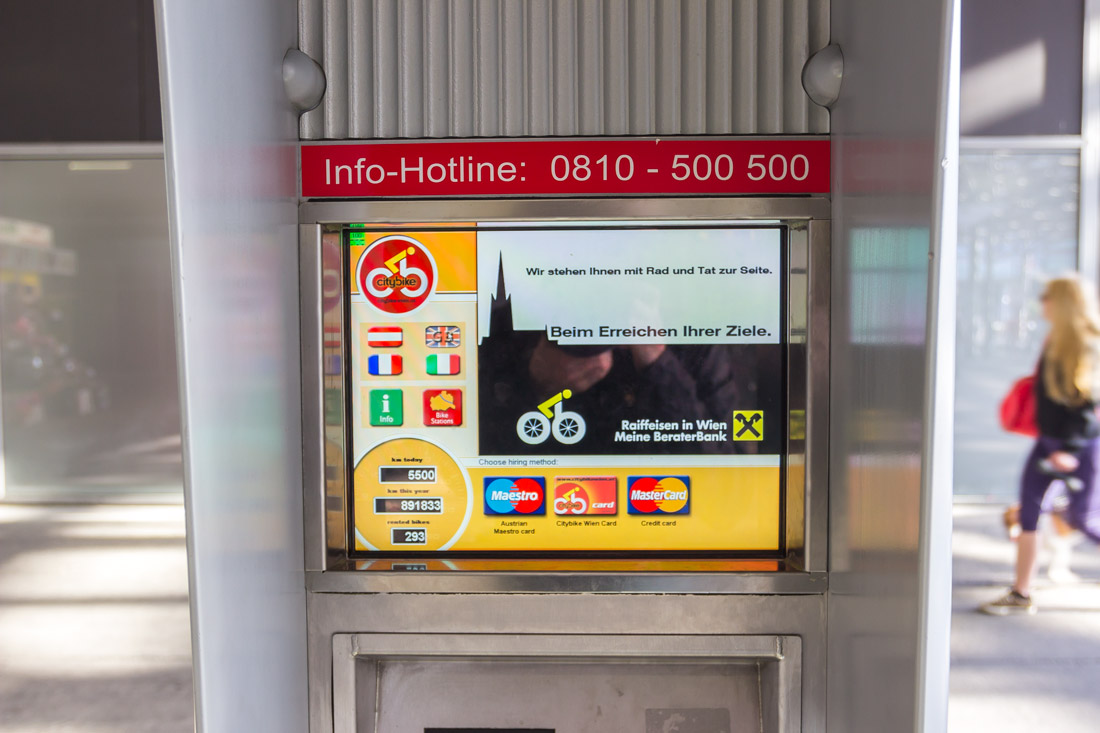
The pedestrian zone sign features a typical Viennese resident.
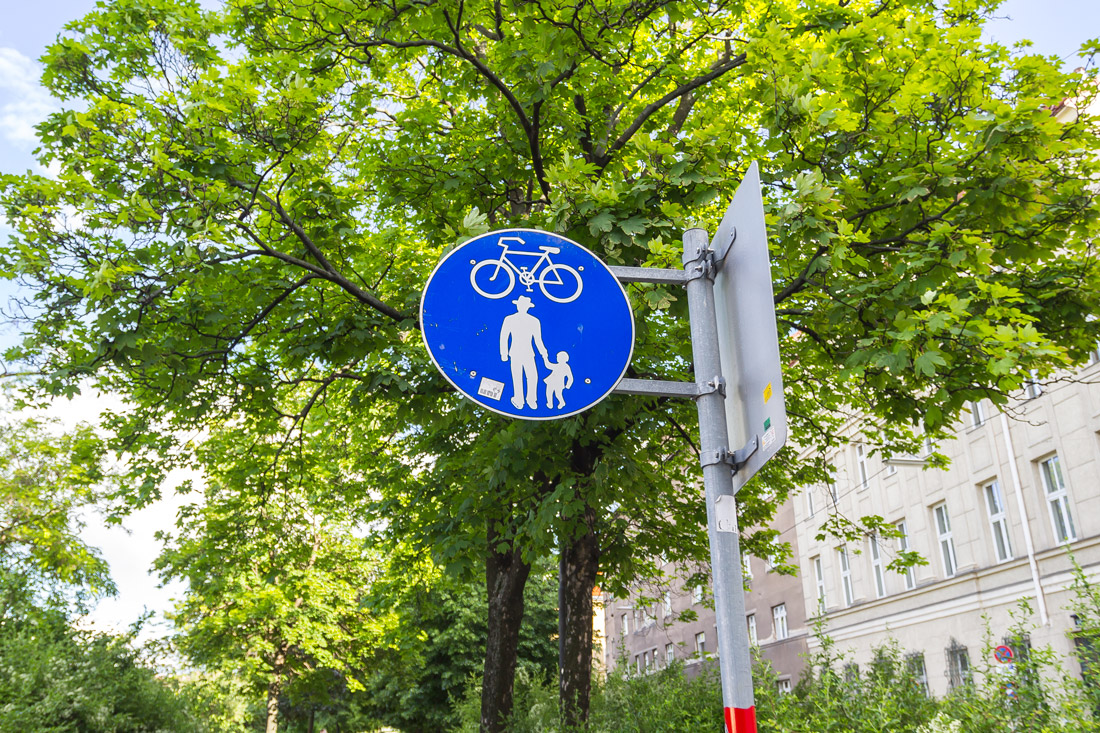
Cigarettes here, as in Germany, are commonly sold in special outdoor vending machines labeled TABAK.

Chewing gum is sold in a similar manner.

Taxi parking.
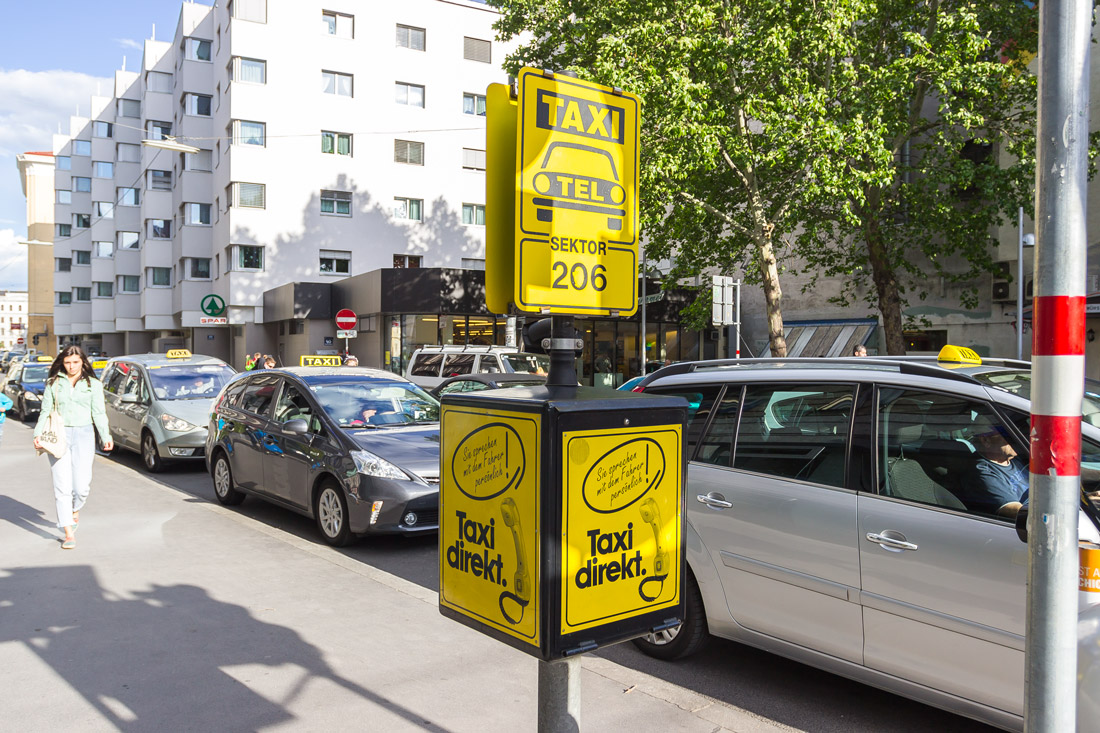
Police car.

Mailbox.
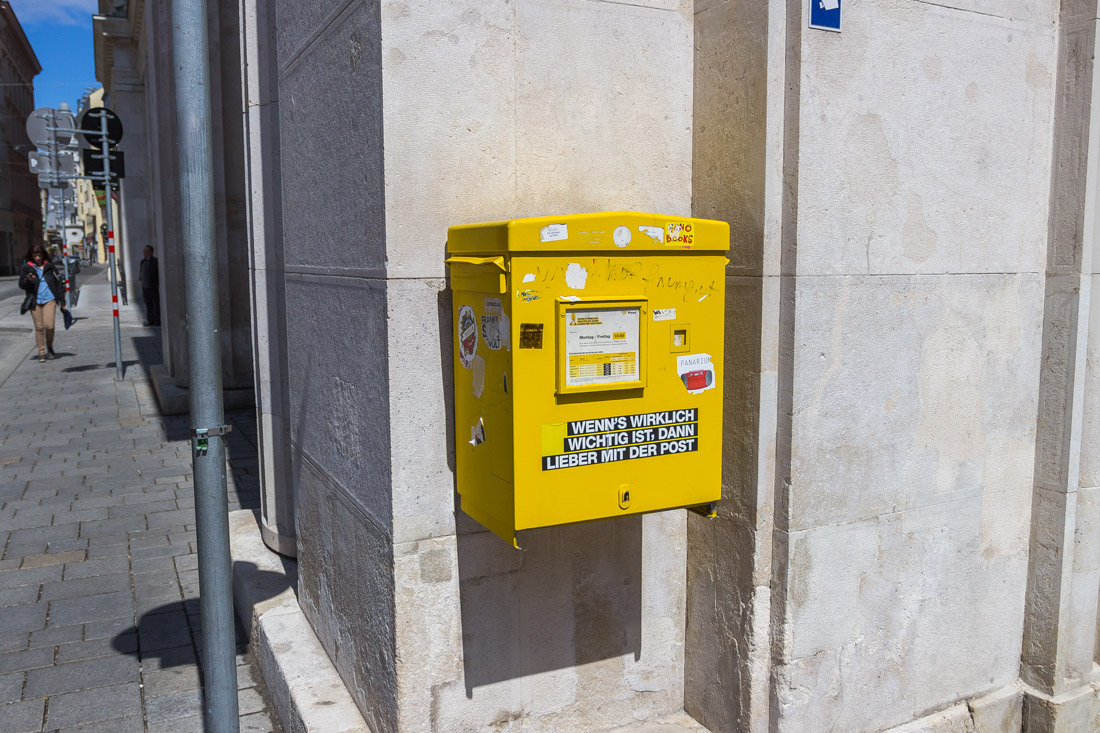
Trash bin.

Fire hydrant.

Phone booths.
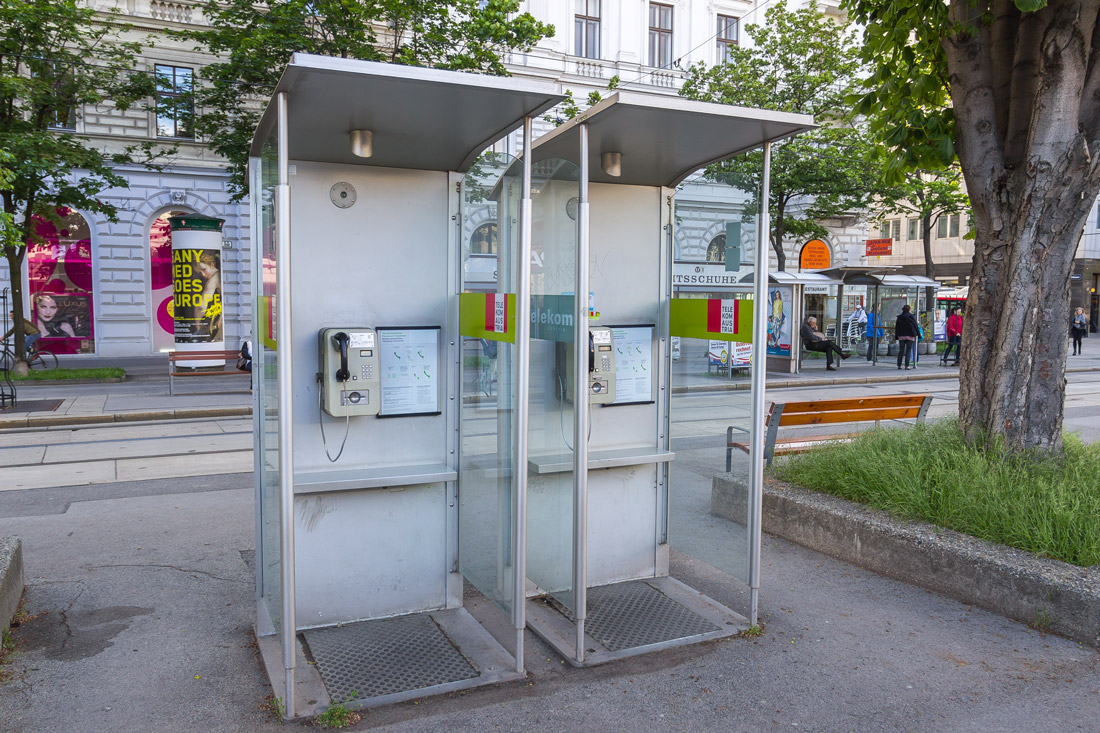
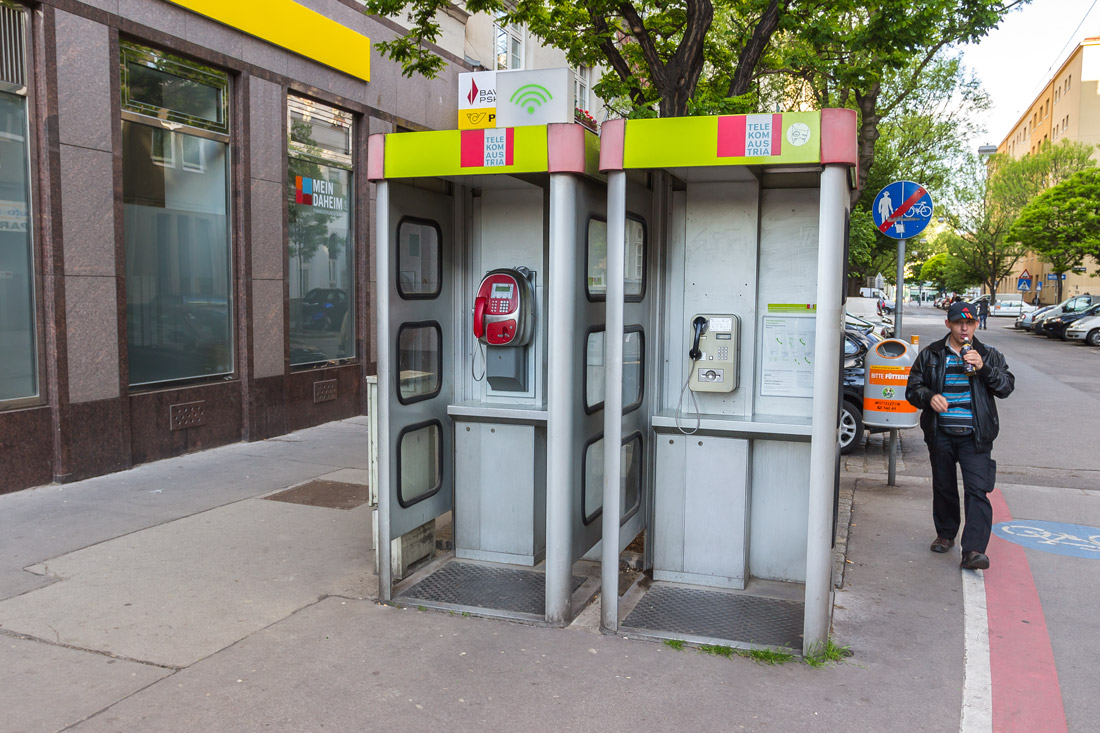
Separate waste collection — a whole range of different garbage bins.
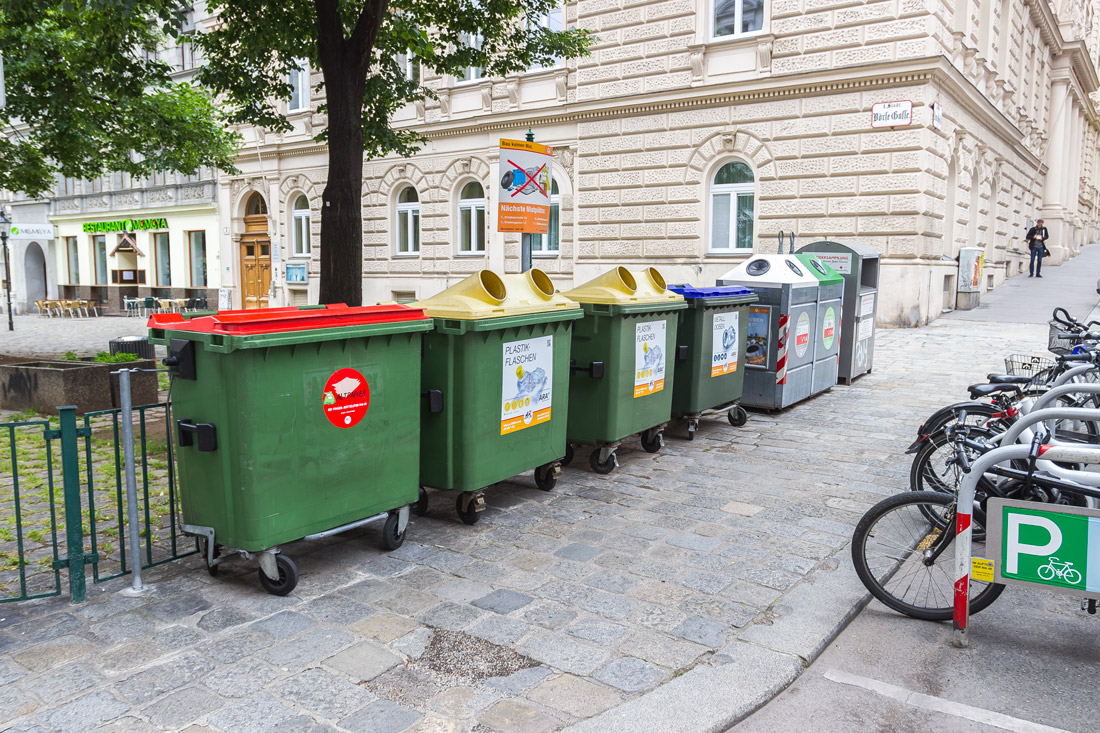
In the mornings, all containers are lined up like a train and happily towed by a tractor.

Choo-choo! And we’re off to Bratislava. It’s only 100 kilometers away, but what a contrast.


